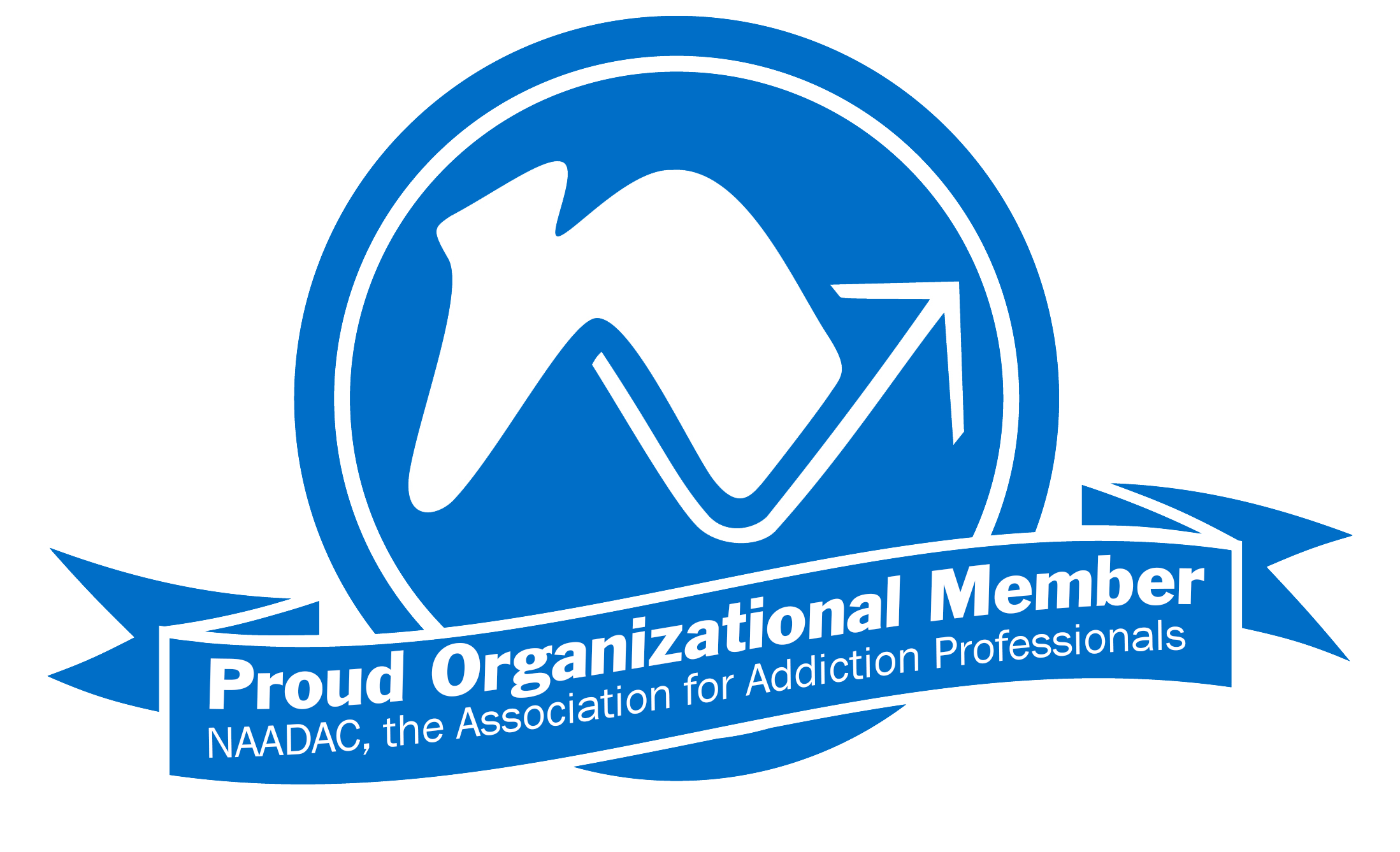Haruki Murakami, a best selling author in Japan once wrote a book entitled, What I talk about when I talk about running. While describing his experience of running he spoke about feeling body aches and pain, and wondered if he would be able to stand this pain to finish his run. He noticed that the pain was there, but the comment about whether he can tolerate the pain to finish the run was a different matter all together. The pain what simply there (a stimulus), but the narrative seemed to create an energy, a resistance and an emotional reaction, creating a world all by itself. Murakami began to realize that he did not need to subscribe to the narrative, just experience the pain in his body at the time. He summarized his thoughts by writing, “Pain is inevitable, suffering is elective.”
We have all experienced some degree of pain in our lives, both physical and psychological pain. In every religious tradition, there has been an understanding of pain from a spiritual lens. In Judaism, suffering is explained as part of G*d’s plan and we should leave it up to faith. Rabbi Twerski states, “Regarding suffering, G*d knows what He’s doing.” The Christian understanding of suffering is seems as part of the human redemption. The Christian identifies their suffering with the suffering of Jesus Christ. In Buddhism, suffering, or dukkha in Sanskrit, is the basic and fundamental state of being human in our day to day lives. Buddhism sees the elimination of suffering as their primary mission as a movement.
We know people in recovery from alcohol and drug addiction use their suffering to transform, or more specifically, surrender to a God of their understanding. The suffering transformed becomes part of a reconciliation process with themselves and others.
How do we suffer? Rick Hanson, Ph.D., a writer, psychologist and mindfulness researcher, describes the neural pathway of suffering. First, he talks about the form. The form is simply what is. For example, I’m having pain. Next, he calls this phase the hedonic tone, which is the judgment of like or dislike ascribed to the pain. He follows with the next phase, which is calls perception – the naming of the phenomenon – “this is pain form the metastasized cancer in me.” This thought is usually a declarative affirmation furthering an understanding of the pain. Next, here is where suffering comes in – he calls this phase formations. During formations, the mind begins to take the pain that has been identified and judged, though likes or dislikes, and creates a story about the pain. Usually the story has some catastrophic plot and numbs the senses in the present moment by focusing the story on past disturbing memories, or problematic future occurrences related to the pain. For example, “this pain will kill me, just like it killed my grandmother, and I will not be able to see my grandchildren grow up…this is terrible!” Dr. Hanson recommends a final phase, which he calls awareness. In this phase, you drop the story or the formations in the forms of internal chaos, and simply see the pain for what it is, while not identifying with the pain. Let it be!
This article is not intended to minimize anyone’s experiences of pain or suffering. However, too many of us are stuck in the problematic, self-induced horrific story-telling about our physical or psychological pain. Heightening our awareness of simply “what is” can help us from subscribing to the extreme ups and downs of a restless mind and experiencing life as chaotic.
Victor Frankl, in his best selling book Man’s Search for Meaning states, “between stimulus and response there is a space. In that space is our power to choose our response. In our response lies our growth our freedom.” If Dr. Frankl could articulate such a thought while describing the pain and suffering of the Holocaust, we may want to challenge ourselves about the suffering we create in our lives. I wish you much success in your attempts at being happy and content in your life.









